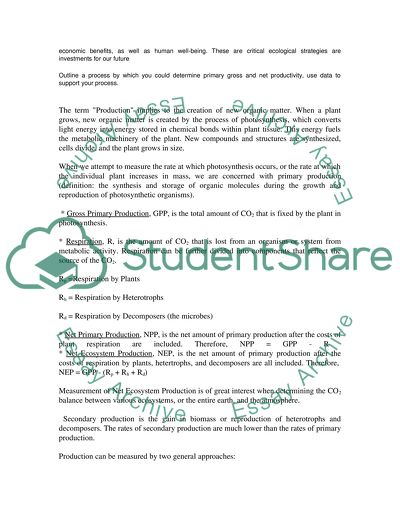Cite this document
(“Natural resources Essay Example | Topics and Well Written Essays - 1000 words”, n.d.)
Retrieved from https://studentshare.org/miscellaneous/1503695-natural-resources
Retrieved from https://studentshare.org/miscellaneous/1503695-natural-resources
(Natural Resources Essay Example | Topics and Well Written Essays - 1000 Words)
https://studentshare.org/miscellaneous/1503695-natural-resources.
https://studentshare.org/miscellaneous/1503695-natural-resources.
“Natural Resources Essay Example | Topics and Well Written Essays - 1000 Words”, n.d. https://studentshare.org/miscellaneous/1503695-natural-resources.


